Turn waste into resources
Amid growing concerns about environmental pollution and resource depletion, many student groups across the country have been implementing unique recycling initiatives, turning by-products into useful products. From recycling organic waste into cleaning solutions to turning agricultural by- products into building materials...
Due to environmental pollution from plastic waste, along with the scarcity and high cost of construction materials, a group of students from Tra Vinh University came up with the idea of producing bricks from recycled plastic. With the advantage of the Mekong Delta region, the group of young people took advantage of locally available raw materials, such as sea sand to replace river sand to help limit landslides; ash from thermal power plants; using rice husk ash can reduce the toxicity and pollution of fly ash to create bricks. Therefore, the group used cement, fly ash, rice husk ash, sea sand, dust marble, floor marbles and various types of plastic mixed together in the right proportions until they reached a smooth and flexible consistency, then pressed into bricks.
Nguyen Thai Nguyen - a member of the group shared that the value of the product is that each brick produced means a certain amount of plastic waste is recycled. The product has a competitive price and good quality, helping to save costs for construction projects, contributing to protecting a green, clean, and sustainable living environment for future generations. In addition, the product helps reduce the amount of plastic discharged into the environment, the production process consumes less energy than traditional brick production, reducing CO2 emissions. This project won 3rd prize in the "Startup Ideas for Students of Tra Vinh University in 2024" contest. Currently, the brick product from plastic waste has been sent for quality inspection.
With the desire to recycle organic waste in each family into useful products, a group of students from the University of Education - Danang University came up with the idea of implementing the project "Producing multi-purpose cleaning enzyme solution from plant waste". Sharing the manufacturing method, student Nguyen Thi Thao said that the group realized that the fermentation process can use green vegetables, fruits rich in sugar and cellulose. Therefore, the group chose raw materials from organic waste such as green vegetables, fruit peels and molasses as fermentation materials and used soapberry as a natural foaming and cleaning agent; used lemon peel, grapefruit peel, peppermint essential oil, cinnamon essential oil to create fragrance; used cornstarch to create viscosity and thickness.
 |
Brick products produced by students of Tra Vinh University. (Photo: Hoa Hoi) |
With the goal of building a green - clean - beautiful campus, promoting a green living culture, FPT University students organized: "Exchanging trash for gifts festival", "Exchanging plastic for trees festival", sorting waste at the source, using renewable energy and limiting plastic waste, environmental cleaning campaigns, raising funds to protect nature. "Recycled plastic bottles - The journey continues" is a program that directly collects used plastic bottles and cans. At the same time, students created videos with the theme "Environmental protection starts with building and maintaining the habit of collecting - classifying - sending plastic waste for recycling".
In addition, student startup innovation competitions always have the theme of environmental protection to help students develop sustainable solutions, apply technology to reduce waste, from raising awareness to taking specific actions. Representative of the environmental protection project “Thrift Shop”, female student Trinh Tram (FPT University) shared: “The fashion industry is considered one of the most polluting industries in the world, especially fast fashion. Nowadays, the shopping needs of young people are constantly increasing. However, the reality shows that many people only use clothes 1-2 times and then throw them away, while the item still has value. This is not only wasteful but also causes environmental pollution problems. From reality, I formed the idea and launched the project “Thrift Shop”. This is a clothing liquidation and consignment platform, helping to connect people who want to “clean out their closets” with people who want to buy quality secondhand items. When participating in the “Thrift Shop” project, customers not only help reduce waste, protect the environment, but also save water resources and production energy.
This method helps prolong the life of fashion products, optimize the use of clothes and accessories, and bring items to the right people. For the community, “Thrift Shop” not only promotes sustainable consumption habits but also encourages people to choose smart fashion, prioritizing reuse.
In addition, the student group also left a strong impression with the “Unison” project - recycling cardboard into decorative lamps that are artistic, personal and environmentally friendly. The representative of the “Unison” group shared: “This is a project aimed at producing decorative lamps from recycled materials, while raising awareness about the application of environmentally friendly products in life. Currently, the group's products are of interest to many resorts and resorts thanks to their environmental friendliness and unique design.
 |
Students from the University of Education (University of Danang) invented a multi-purpose cleaning solution from organic waste. (Photo: VNA) |
Spreading sustainable lifestyle
Not only students, but also pupils are enthusiastic about participating in environmental protection. “Lượm đây” is an annual festival held in Hanoi with the aim of raising awareness and creating recycling habits. Here, Striped Project - a student project on environment and recycling in Hanoi will collect old bottles, books, newspapers and other types of paper and used clothes to the collection point. Immediately after that, the collected products will be compiled. A part will be brought to the collection point for proper treatment, the rest will be recycled by the talented hands of Striped Project into beautiful items to be sold at the Gio Phe recycling fair - the main event of the project.
According to Ky Lam, representative of Striped Project, inspired by two classic literary works “Anne Of Green Gables” (LM Montgomery) and “The Secret Garden” (Frances Burnett), the theme “Lượm đây” opens a dreamy slice of summer - where small, old things, thought to have been forgotten, suddenly become miracles. There, each old item is not only reused, but also revived - like an old memory that has just been awakened. From there, “Lượm đây” becomes a bridge between people, between the present and the past, between small hands and a vast planet that needs to be loved again. Not only a place to gather old items, “Lượm đây” is also a symbol of the journey of regeneration: where nature is preserved with the smallest actions through the collection of bottles, used clothes, books, newspapers and other types of paper from each individual.
In just one “Lượm đây” event, Striped Project collected 3.6 tons of paper, nearly 2 tons of clothing, 655kg of books, and 83.6kg of bottles and other items that can be recycled. By bringing scrap paper and similar items to “Lượm đây”, participants not only have the opportunity to clean up their homes, but also contribute to the recycling effort for the environment, and at the same time help children in difficult circumstances.
“Recycling waste is not just about sorting, but also about creating new values. We want to create an environment where waste is seen as a resource. It doesn’t have to be big, just each person changing a little bit in their living habits, the whole community will change. We can all become a seed to spread a sustainable lifestyle” - Ky Lam excitedly said.
Dr. Hoang Duc Hung - sustainable development expert, commented: "Young people today are doing things that a few years ago, we adults thought were impossible: turning waste into resources, turning ideas into actions. The social community is being strongly inspired by these small but meaningful actions."
From classrooms, laboratories, to residential areas, landfills or fish ponds, the green footprints of students are spreading more and more. Every initiative, big or small, is weaving a vivid picture of a young generation that is not indifferent, not standing aside but taking action for a green planet. These efforts not only demonstrate the spirit of innovation and responsibility of the young generation but also open up new directions in environmental protection.
Source: https://baophapluat.vn/sang-tao-xanh-cua-the-he-tre-post552484.html



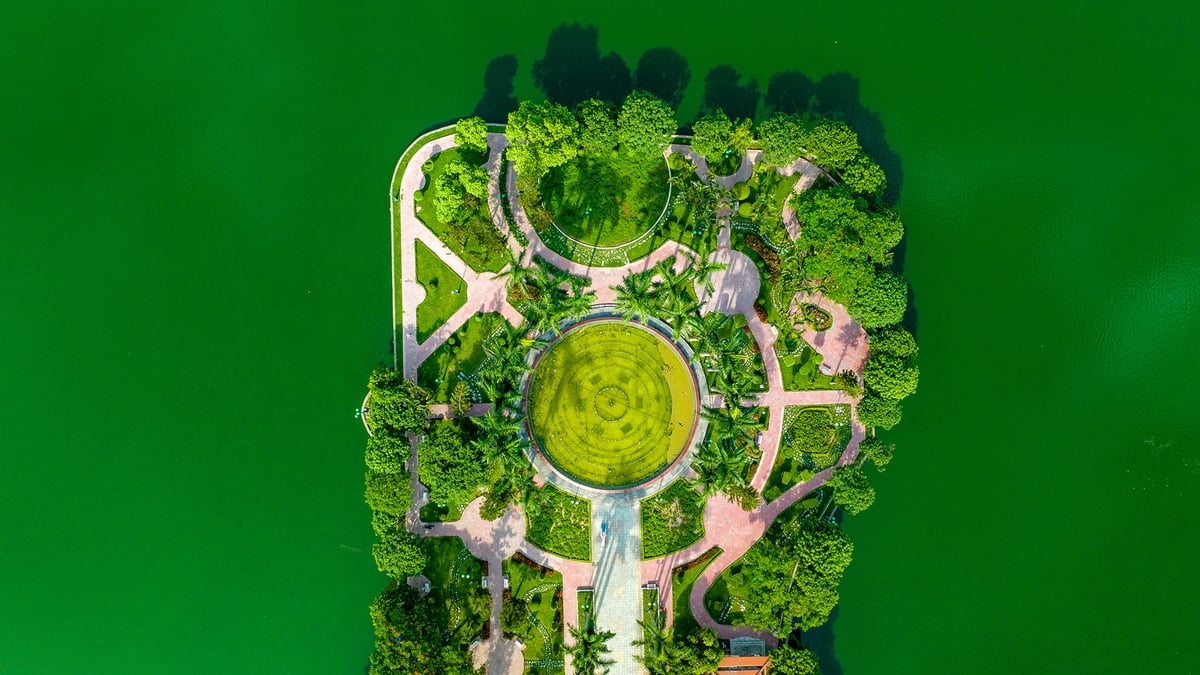




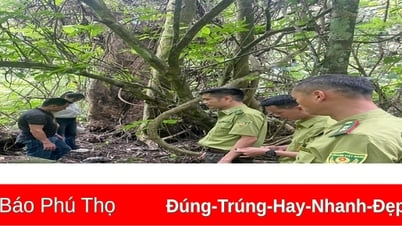

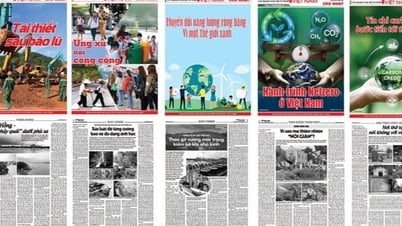
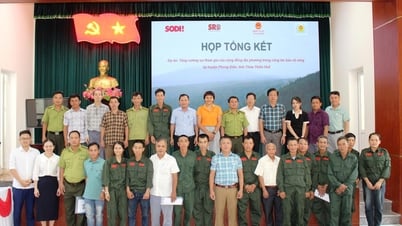

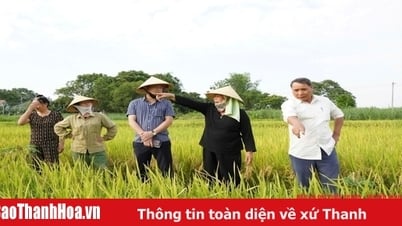

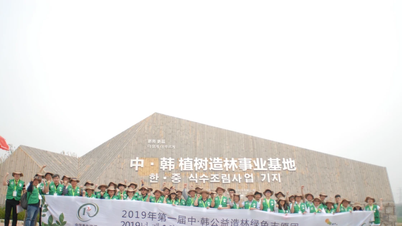




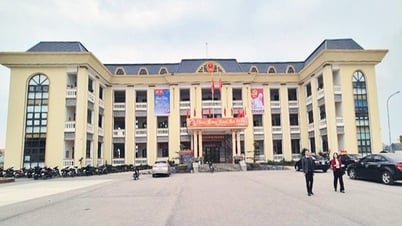

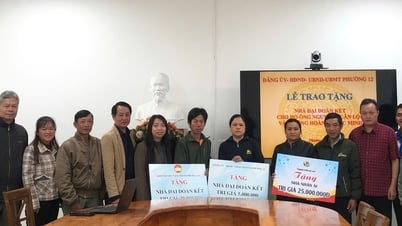
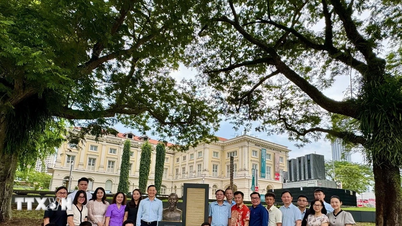

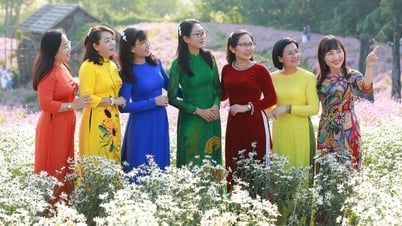





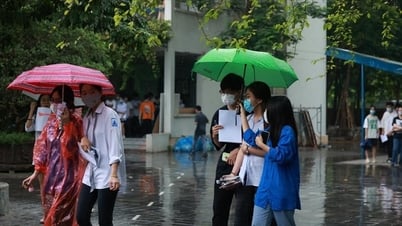

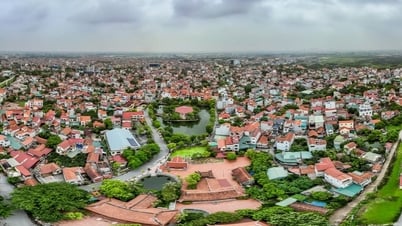

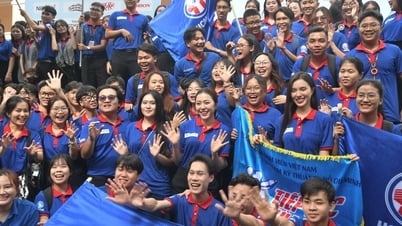
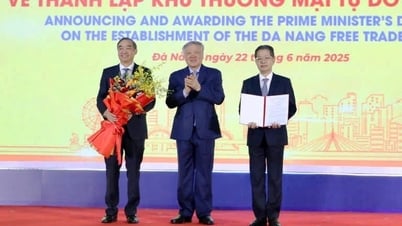














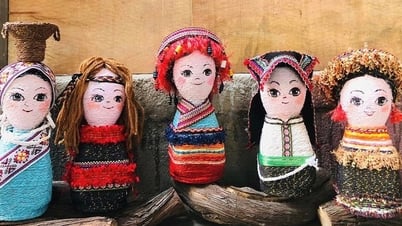








![[Maritime News] Wan Hai Lines invests $150 million to buy 48,000 containers](https://vphoto.vietnam.vn/thumb/402x226/vietnam/resource/IMAGE/2025/6/20/c945a62aff624b4bb5c25e67e9bcc1cb)









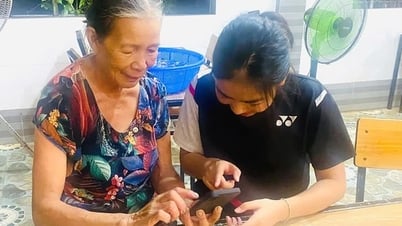

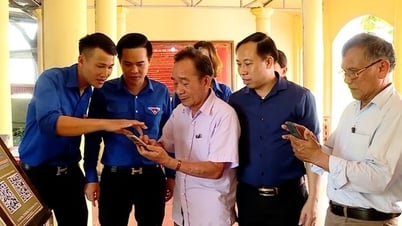
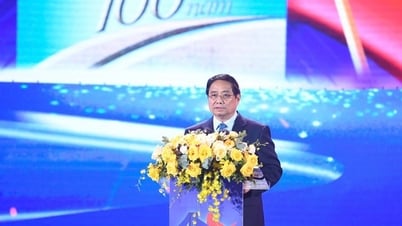

![[Infographic] Party Committee of the Ministry of Culture, Sports and Tourism: Marks of the 2020 - 2025 term](https://vphoto.vietnam.vn/thumb/402x226/vietnam/resource/IMAGE/2025/6/22/058c9f95a9a54fcab13153cddc34435e)





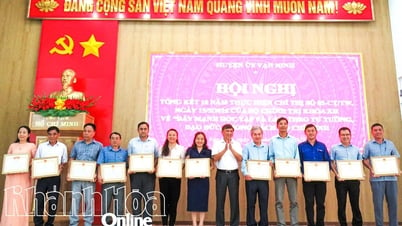
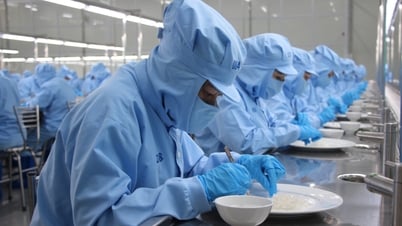


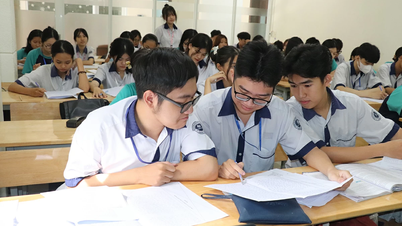










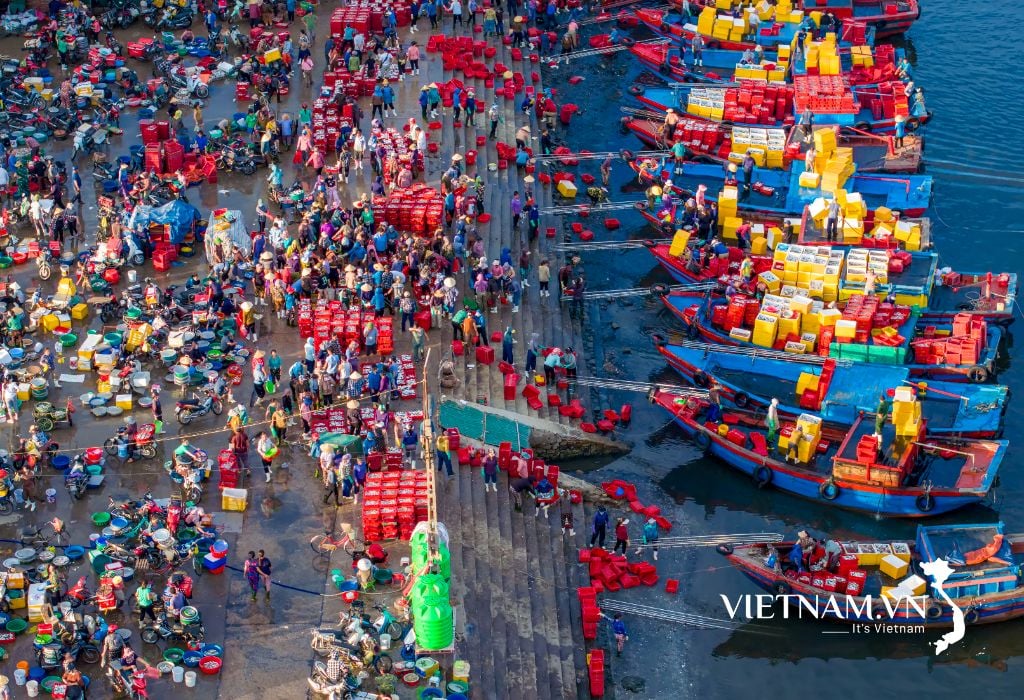



Comment (0)